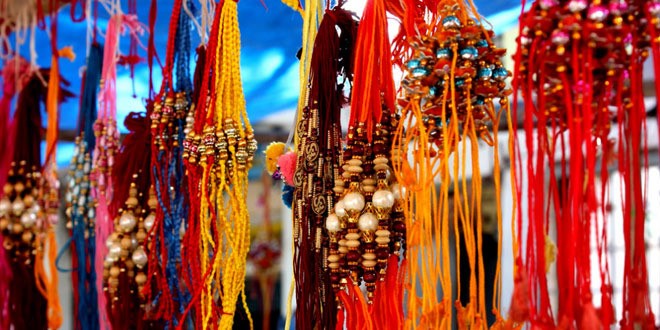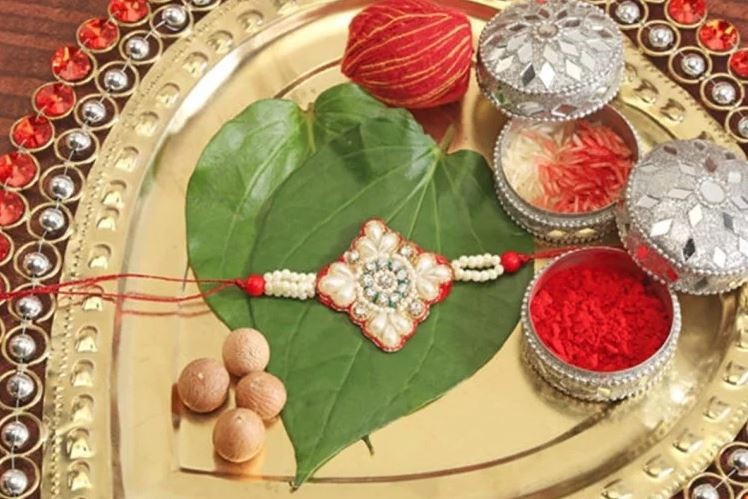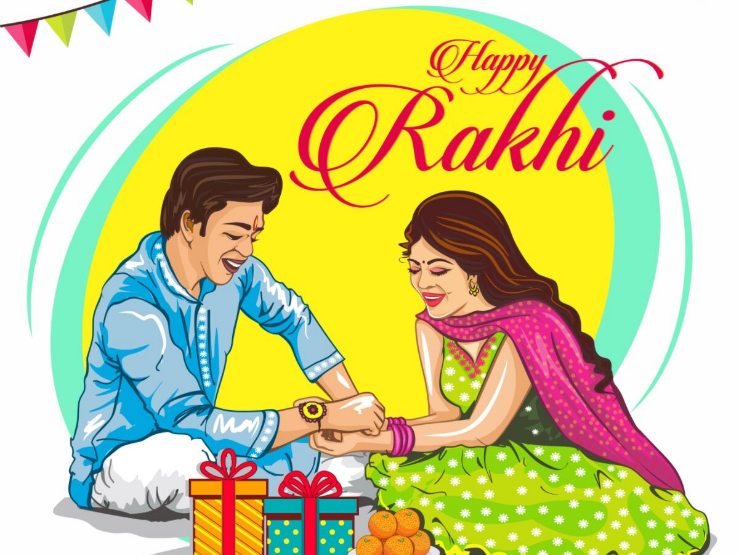Raksha Bandhan: A Thread of Eternal Connection

Most festivals in India are celebrated in religious or historical contexts. Few of them such as Raksha Bandhan or Rakhi go beyond that. It is a celebration of affection, care, and a strong bond between brothers and sisters. It is celebrated on the full moon day in the month of Shravana which falls in the month of August.
The word Raksha Bandhan originates from the combination of two words ‘Raksha’ and ‘Bandhan’ which means ‘the knot of protection. In Hindu culture, tying a thread around a brother’s wrist by his sister implies a feeling of care and good wishes, and protection in any circumstances.
On the auspicious day of Raksha Bandhan, sisters put a vertical mark (Tilak) with turmeric powder on their brothers’ forehead. Tie a beautiful Rakhi around their brothers’ wrists and offer sweets. The brothers in exchange give gifts to their sisters.

The festival is celebrated not only in the northern part of India but also in different regions in India. In the eastern part of India, it is known as ‘Jhulan Poornima’ when people worship Krishna and Radha and sisters tie rakhis around their brothers’ wrists. In the Western state of India Gujrat, this festival is celebrated with worshipping God Shiva, known as ‘Pavitropana’.
In Southern parts of India, ‘Avani Avittam, falls on full moon night during the month of Shravana. On this occasion, male members in the Brahmins family take a dip in the water, change their ‘Yagyopaveetham’ (sacred thread) with a new one. People also start reading ‘Yajurveda’ which continued up to six months.
In Central India, the festival is mainly about farmers and their mothers, named ‘Kajari Purnima’. The celebration continues for seven days, the farmers’ wives go to the field, collect soil to bring it home.
At home, they sow the barley seeds into the soil in a pot. After seven days they submerge the pot in a well or river and pray for the long lives of their sons.
There are some historical facts about this festival. The oldest and the most significant reference to this festival dates back to 300 B.C. when king Alexander of Macedonia got disconcerted by the Indian king Puru at the first attempt.
Alexander’s wife who had heard about this festival earlier approached him on the Rakhi festival. King Puru honored this gesture. During the war, he himself refrained from Alexander.

The story of Karnavati and Humayun is a typical example of high cultural values. It states that during the medieval era, Rani Karnavati, the widow of the king of Chittor found her kingdom in danger of getting invaded by the Sultan of Gujrat. She sent a Rakhi to Emperor Humayun. It melted Humayun’s heart and without delay, he rushed to help Karnavati.
With changing social and cultural values in society, sometimes the relationship between siblings may get devoid of emotions and depth. Money matters, lack of time for each other, the distance may also be the reasons for frigidity in relationships.
Festivals like Raksha Bandhan rekindle the feelings of care, affection, responsibility, and protection among brothers and sisters and bring them closer.
Used images are available for free download over the internet. Images credit to their respective owners